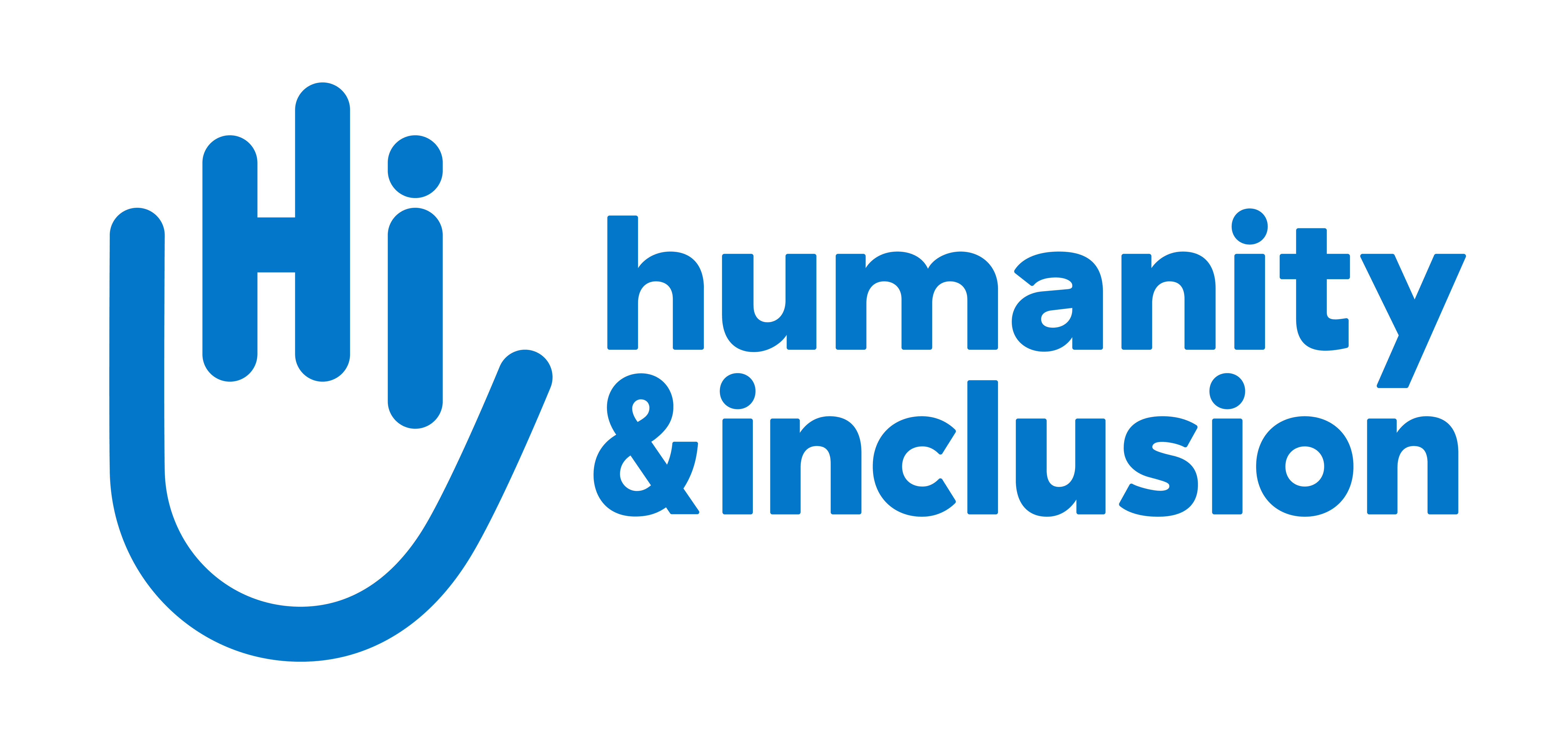Education adapted to children with disabilities
Seham teaches at a special school in Gaza, in the Palestinian Territories, which benefits from Humanity and Inclusion’s training programme and teaching aids.

Seham in her classroom at a school supported by HI | © Oriane van den Broeck / HI
For the past eight years, Seham has been teaching in a school partnered by HI where most students have cerebral palsy. These students are beneficiaries of the organisation’s inclusive education project.
Adapted learning
The teachers at the school have received extensive training in special education and had the opportunity to talk with teachers from other schools in Gaza, who attended some of the courses.
One of main challenges previously facing Seham was the school curriculum, which was not adapted to her students’ needs. Since the inclusive education project – which aims to include children with disabilities in schools - was implemented, the content, teaching methods, everything in fact, has completely changed. Seham now includes games, stories and puppets in her lessons. She has also been trained to produce education programmes tailored to each child.
Parents and teachers decide on the children’s learning goals. "One of my 12-year-old students was unable to read, write or count up to 10. He also had problems doing routine tasks, like washing himself. After I put together a personalised education programme for him, he came on leaps and bounds," explains Seham.
The importance of mental health
Children's mental health is also taken into account throughout their education. At school, they benefit from one-on-one sessions with a psychologist. "Their attitude towards school has changed. Once they start seeing a psychologist, they find it much easier to concentrate in class. It gives them a safe space where they can get rid of their negative energy," adds Seham.
A new relationship between families and teachers
Parents are now an integral part of their child's education. The introduction of liaison diaries makes it easier for parents and teachers to communicate. They use the diary to write down comments or recommendations about the child. This new parent-teacher dynamic has even prompted some parents to do voluntary work at the school.
Changing attitudes
“People used to find it difficult to understand and accept disability. But I think mentalities are changing now. They are aware that every child has the right to a quality education,”
says Seham.





